Indigo Dyeing of Traditional Chinese Handicrafts | Indigo Floor
在这个被高效法则冲击的时代,大量化工合成的染料运用于各个领域,色彩被RGB数值所定义。区别于西方的工业色彩法则,我们的古人早已用一种天然的方式,用草叶得到一抹蓝,将大自然的颜色赋予器物之上。
In this era of high-efficiency rule, a large number of chemically synthesized dyes are used in various fields, and colors are defined by RGB values. Different from the Western industrial color criterion, our ancients have long used a natural way to get a touch of blue with the leaves of grass, giving the colors of nature to the utensils.

青,五行之木、方位之东。在东方文明里,青以东方初晓、草木生发的意涵,象征万物运行之初的生命力,在五行这一万事万物的取相比类中,与润泽之水、生长之土等意蕴结合、转化,成为东方哲学中无比重要的一环。
“Qing”, corresponds to the wood and west in the theory of five elements. In the Eastern civilization, the dawn of the east and the growth of plants and trees, which is one of the meaning of “Qing”, symbolize the vitality of all things at the beginning of the movement. In thetheory of five elements, all things, they are combined and transformed with the meanings of moisturizing water and growing soil, have become an extremely important part of Eastern philosophy.
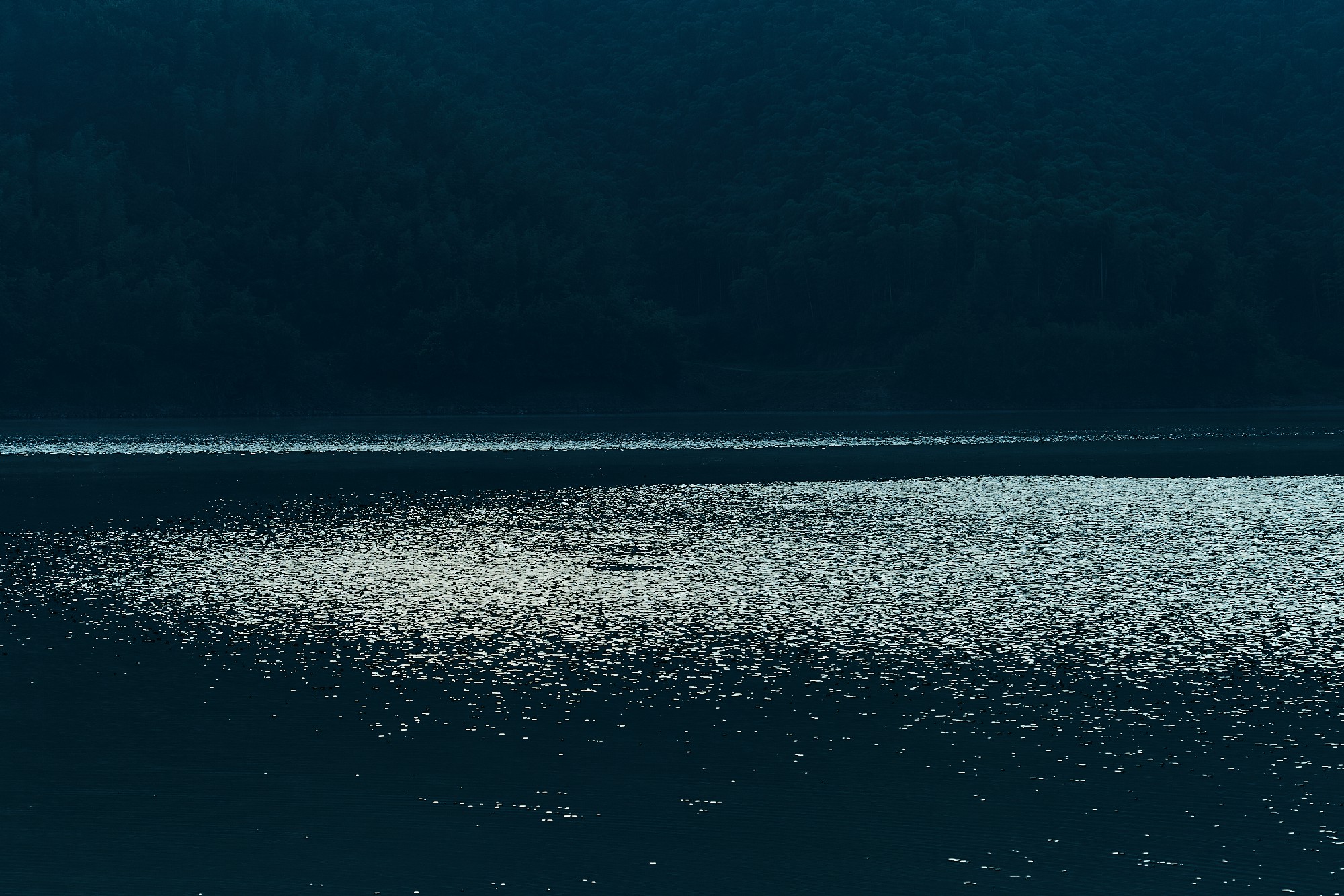
在文学诸多意象之中,青有书典史册之意,“杀青”便是以竹简的褪绿代指著作的落笔书成,“青词”指天人沟通的文书,“青衫”是身着青色服饰,意气风发、风度翩然的青年学子。“青”便由此具有一种生机勃勃的文化繁盛之象,成为文化的象征。
Among the many images in literature,“Qing”has the meaning of historical annals. "Sha Qing " refers to removing the moisture and color of bamboo slips, which is the writing carrier in ancient China. "Qing Ci " refers to the books for human and God to communicate. An energetic and personable young student always in cyan costumes. “Qing”thus has a vigorous and prosperous image, becoming a cultural symbol.
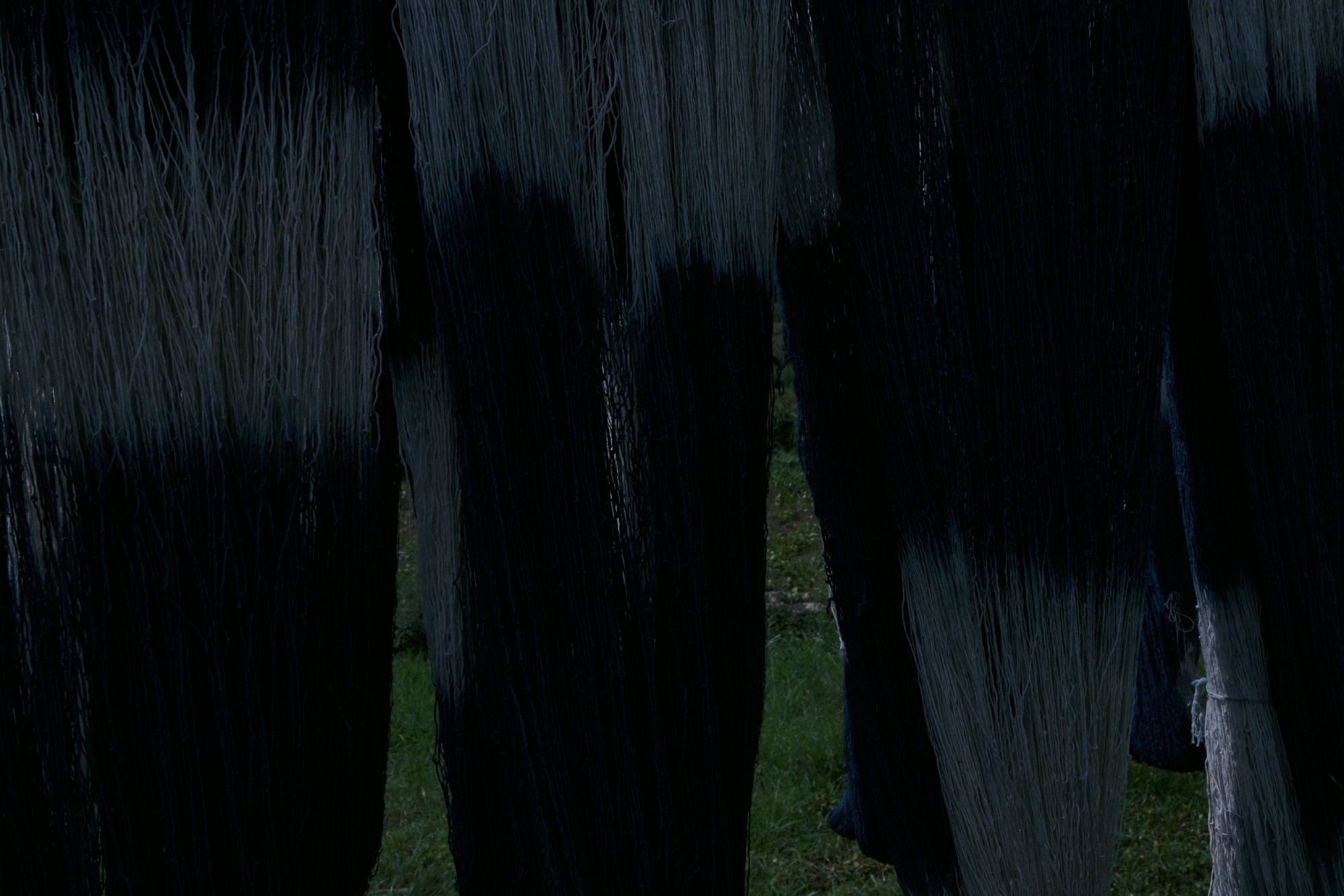
“青”亦落在最直观的视觉感受之中。作为古典绘画的代表风格之一,“青绿山水”中可窥得古人对于青的善用与重视,以“青”之繁复层次,自画卷上形神兼备地描绘山川景象,拓展“青”于空间维度的视觉呈现。
“Qing”also falls into the most intuitive visual experience. As one of the representative styles of classical painting, the traditionally “blue-green landscape painting” shows the ancient people's good use and emphasis on“Qing”. With the complex layers of “Qing”, the painted scrothe scenery of mountains and rivers with both form and spirit, and expands the“Qing” in Visual presentation of spatial dimensions.
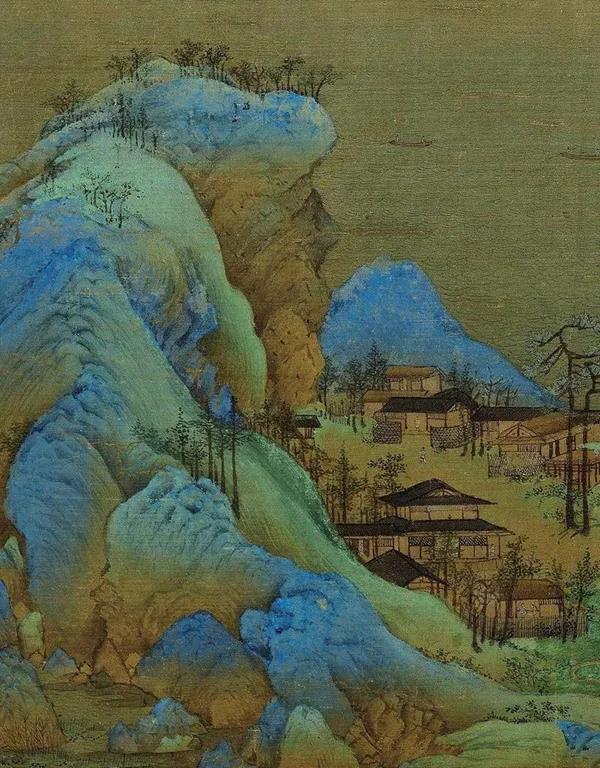
王希孟《千里江山图》
在敦煌壁画、西藏唐卡中,瑰丽的“佛青”被用来描绘佛像的面目、光晕,以象征安宁、神圣、平静之意。无独有偶,这种颜料飘洋过海来到西方,成为名贵的“青金”,仅可用以描绘宁谧、高贵、神圣的圣母玛丽亚画像。至近代,这种“青”更是成为威廉·克莱因笔下强烈、纯粹的“克莱因蓝”的前身,以“青”这种色彩开启现代主义。
In the Dunhuang murals and Tibetan Thangkas, the magnificent ultramarine is used to depict the face and halo of Buddha statues to symbolize tranquility, sacredness. Coincidentally, this kind of paint traveled across the ocean to the West and became a precious lazurite, which could only be used to depict the serene, noble, and sacred portrait of the Virgin Mary. In modern times, this kind of "Qing" has become the predecessor of the strong and pure "Klein Blue" described by William Klein, and modernism is started with the color of "Qing" .
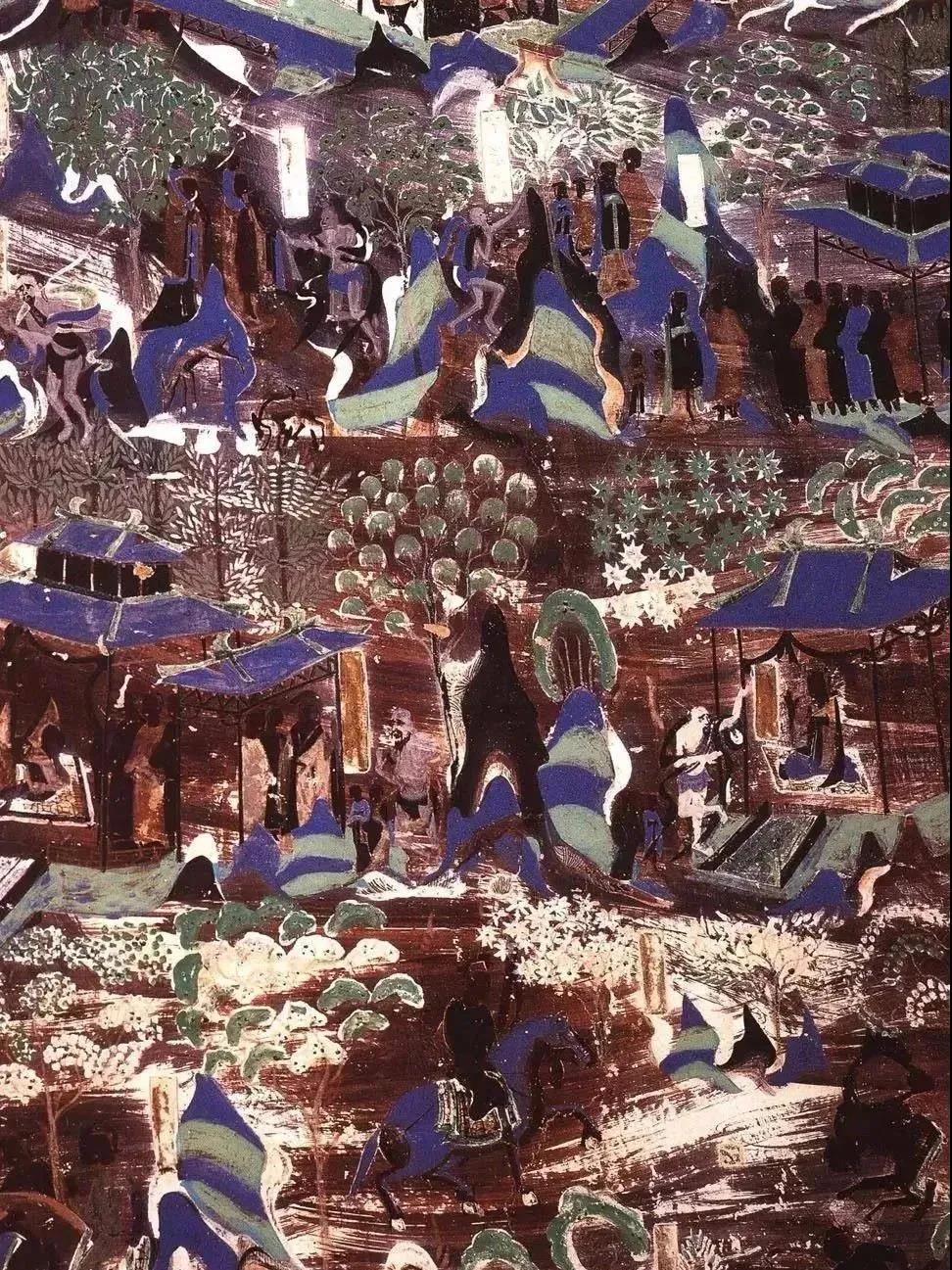
敦煌莫高窟《须达拿本生图》
在文化、艺术、哲学的融合中,“青”以色彩构筑形而上的意涵,带来东方语境下丰富而自然的意义空间。
In the fusion of culture, art, and philosophy,"Qing" constructs metaphysical meaning with color, bringing a rich and natural meaning space in an oriental context.

如古语“青,取之于蓝,而胜于蓝”所言,“青”这种色彩,最初生发于“蓝染”工艺中。汉字“蓝”里,“艹”指代蓼草,“监”意为观察盆子里提炼出来的草青,蓝染这种工艺与“青”、“蓝”等色彩的紧密相连,由此得以体现。
As the old saying "blue comes from the indigo plant but is bluer than the plant itself", the color"Qing" originally emerged in the Indigo dyeing process. In the Chinese character "蓝", "艹" refers to Polygonum sylvestris, and "监" means to observe the green grass extracted from the basin. The indigo dyeing process is closely connected with the colors of green and blue.

中国是蓝染工艺最早的发源地之一,在自然造物理念与技艺才智的汇集下,古人因地制宜种植蓝草,并将其应用于织物染色,经时间的沉淀与各地文风民俗的浸染,发展出各具特色的蓝染工艺。
China is one of the earliest birthplaces of indigo dyeing craftsmanship. With the collection of natural creation ideas and skills, the ancients planted blue grass according to local conditions and applied it to fabric dyeing. After the precipitation of time and the dip dyeing of local cultures and customs, it developed unique indigo dyeing process.
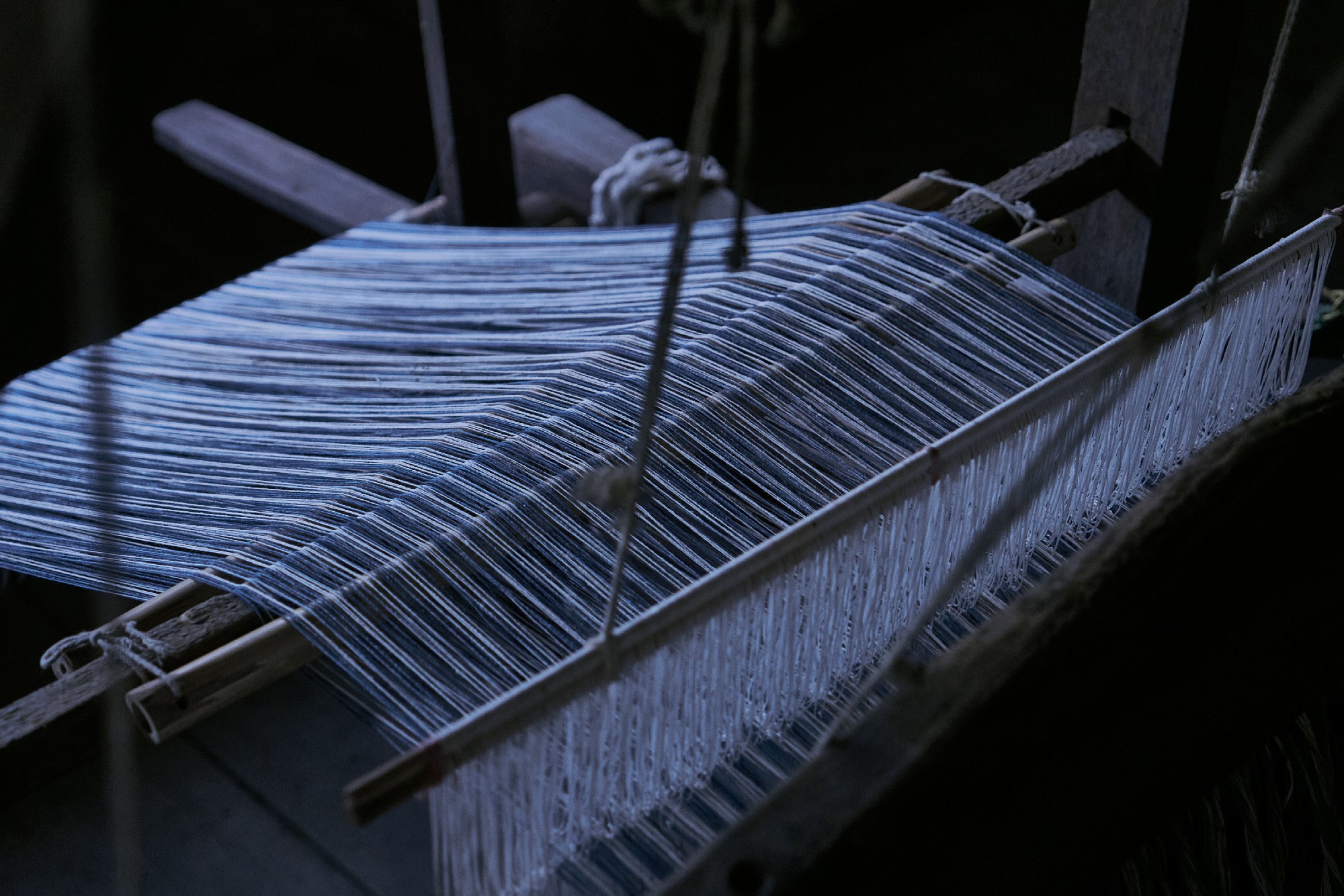
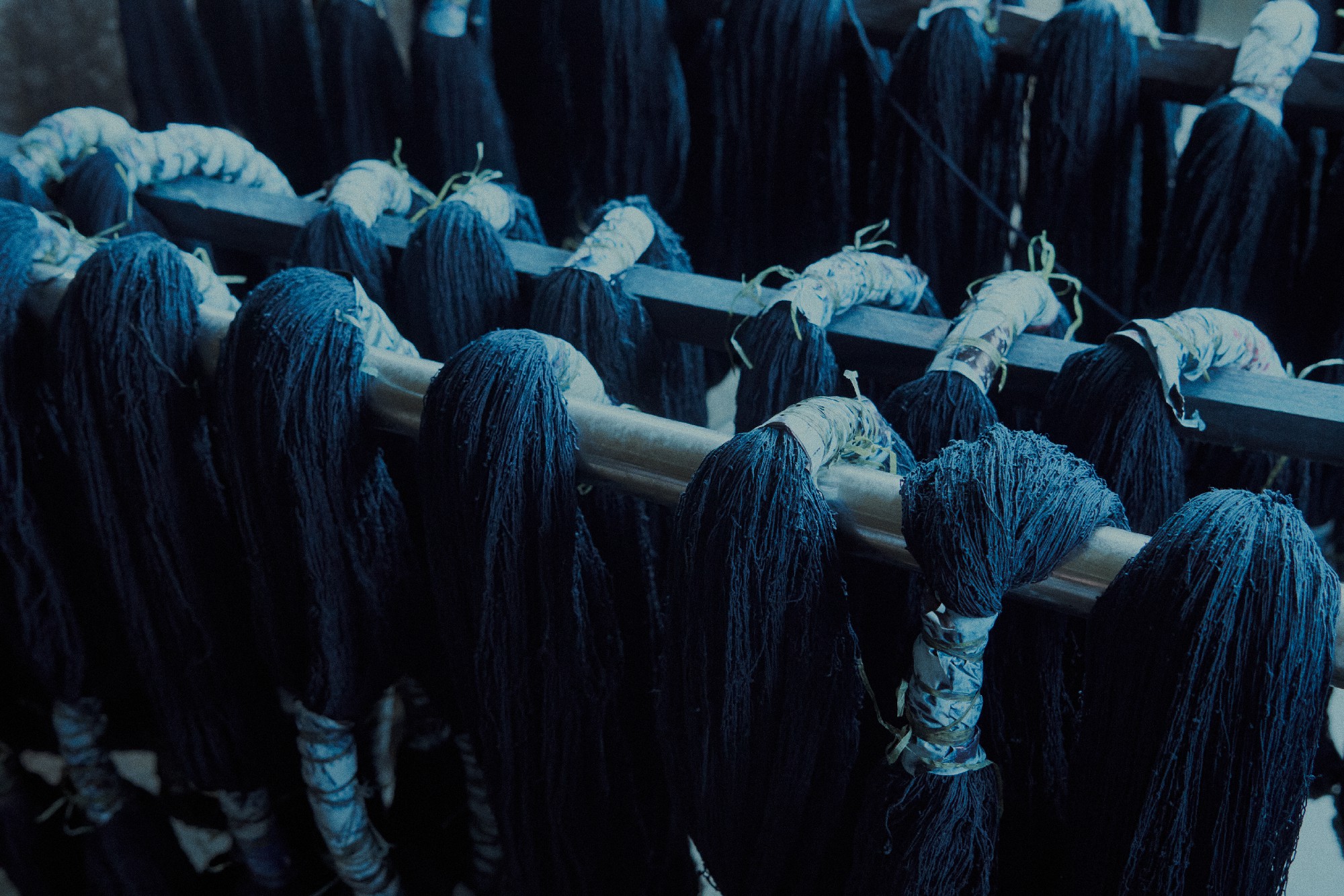
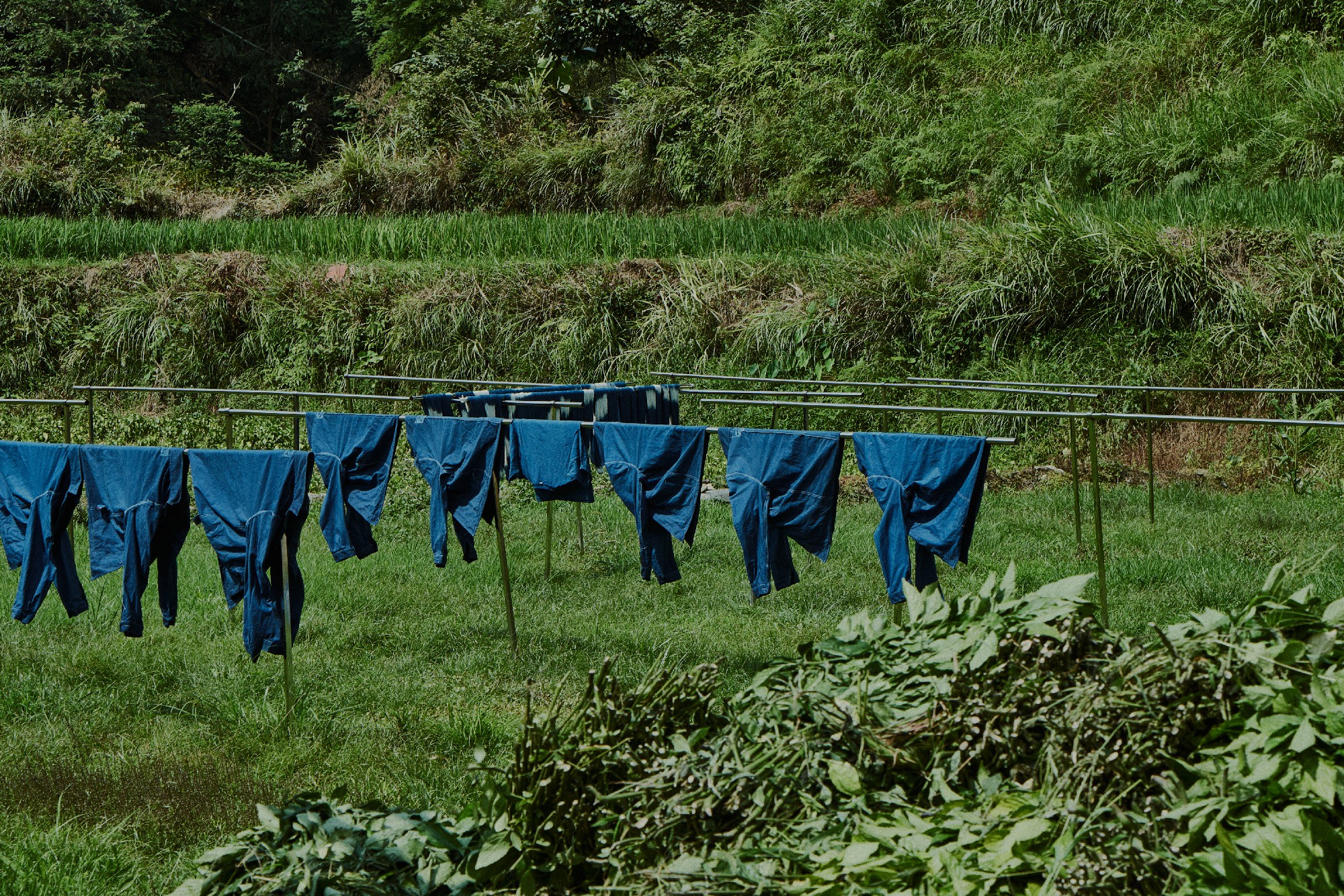
如果说蓝草能用来染布料,那么是否可以用来染木头?于是,感物与融设计图书馆团队来到黔南侗寨的村庄,跟随着当地手工艺人,进山采蓝,并亲身参与当地人们用传统、天然的方式制蓝染色的实践中。
If indigo plants can be used to dye cloth, can it be used to dye wood? Therefore, the Ugan concept and Rong Design Library team came to the village of Dongzhai in Qiannan, followed the local craftsmen, went into the mountains to pick indigo plants, and personally participated in the practice of indigo dyeing by local people using traditional and natural methods.

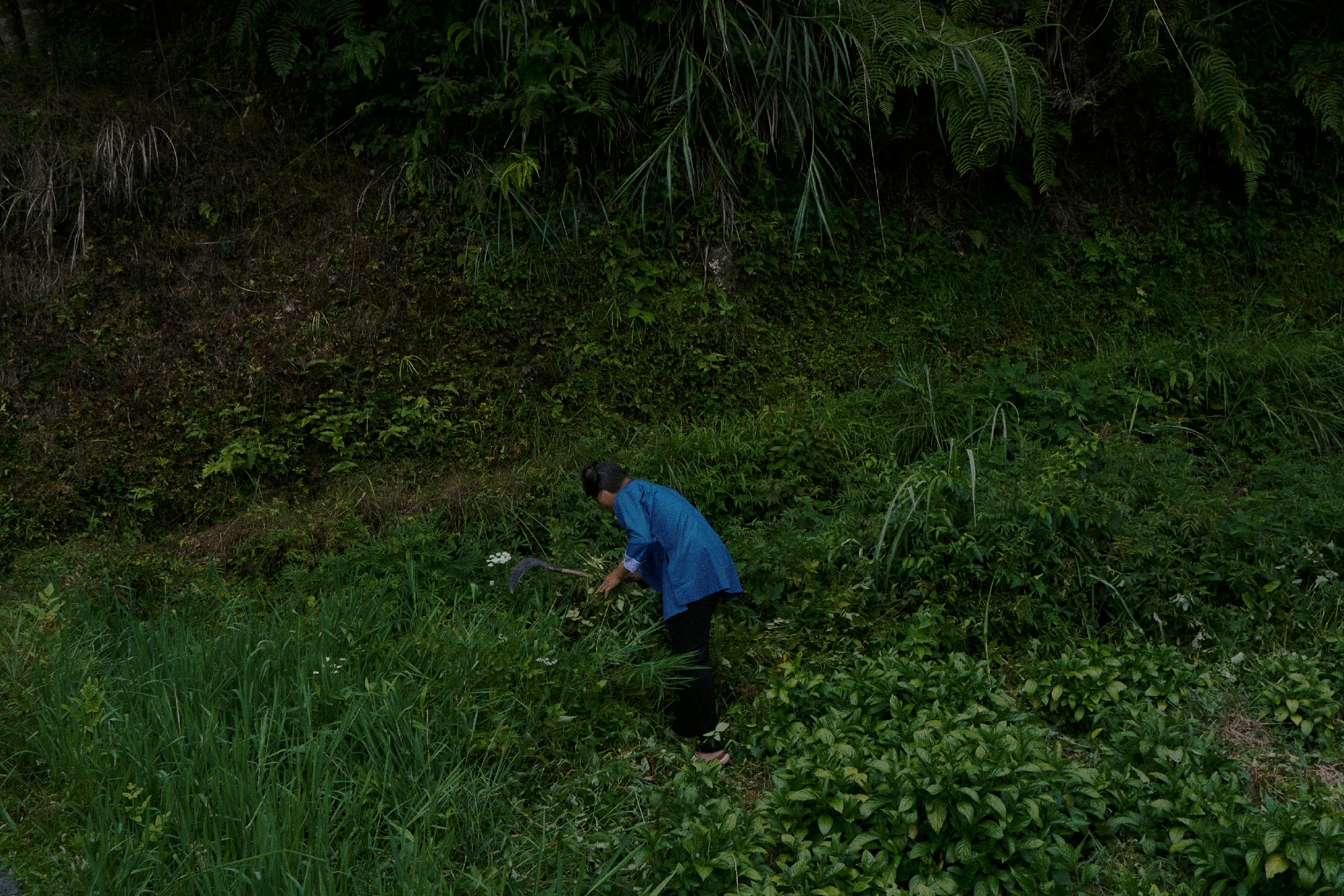

蓝染需要“看天劳作”,根据时间、气候、温度进行,不同自然条件下,染出的蓝色也各不相同。将蓝草放置数日、发酵,加入石灰进行反应,得到可长久保存的蓝靛泥,用以染制布料等物。古法工艺传承至今,撇开工艺本身,蓝染早已浸染到当地人们与自然和谐共处的生活方式之中。
Indigo dyeing needs to be done according to the time, climate, and temperature. Under different natural conditions, the dyed blue is also different. The indigo plants is left for several days, fermented, and lime is added to react to obtain long-preserved blue indigo mud, which can be used to dye fabrics and other materials. The ancient craftsmanship has been passed down to this day, leaving aside the craftsmanship itself, indigo dyeing has long been immersed in the lifestyle of local people living in harmony with nature.

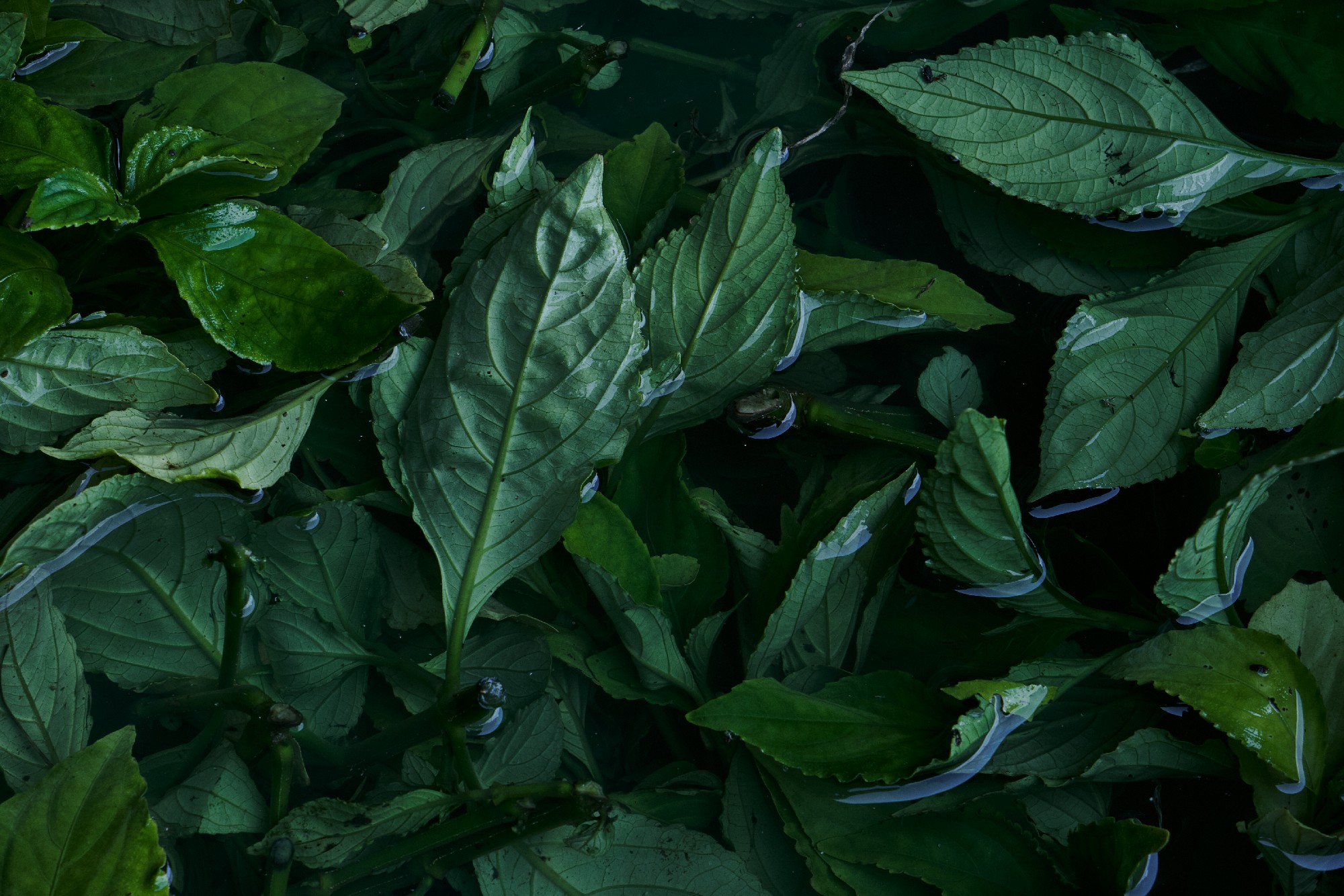


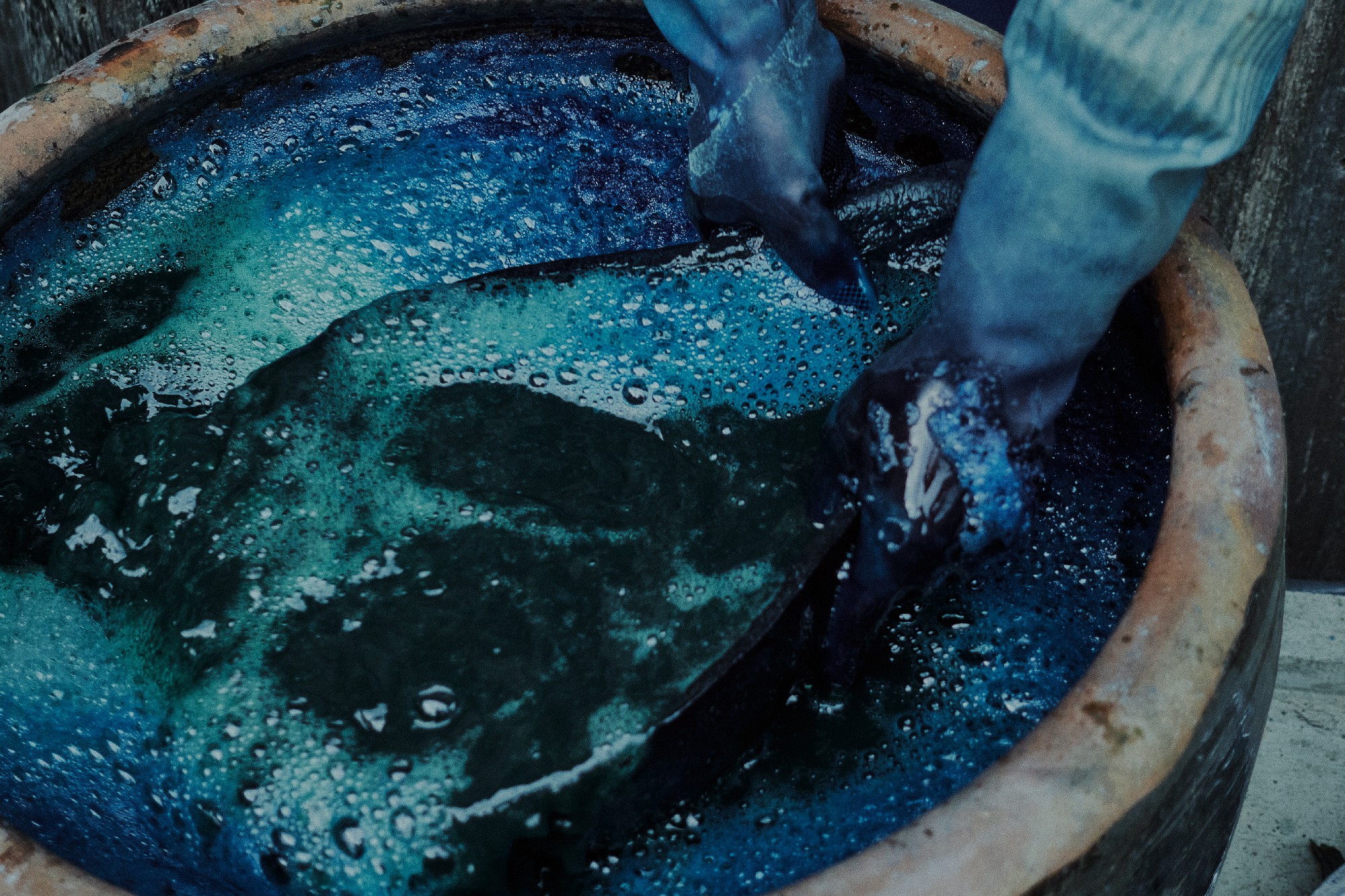
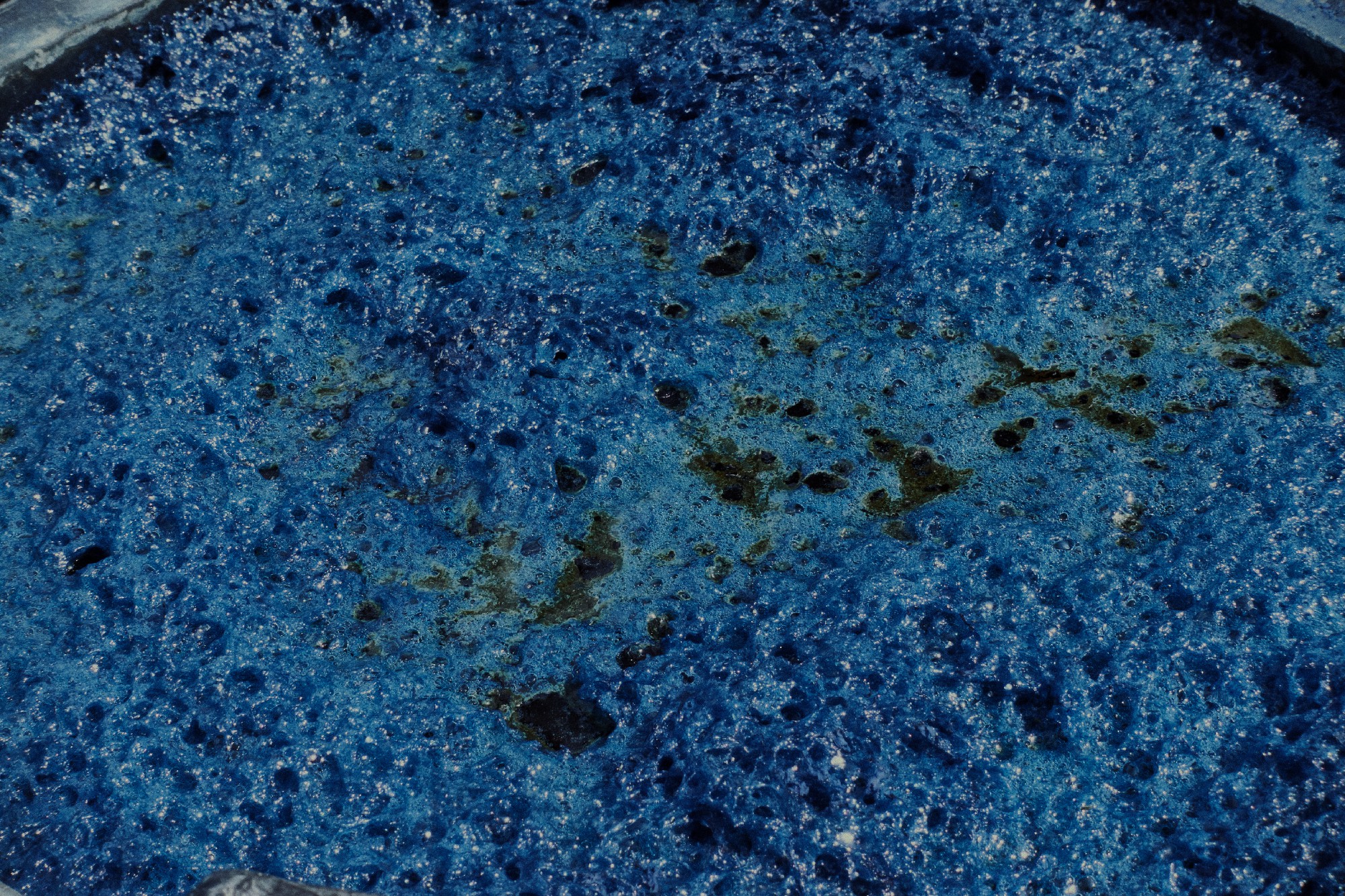
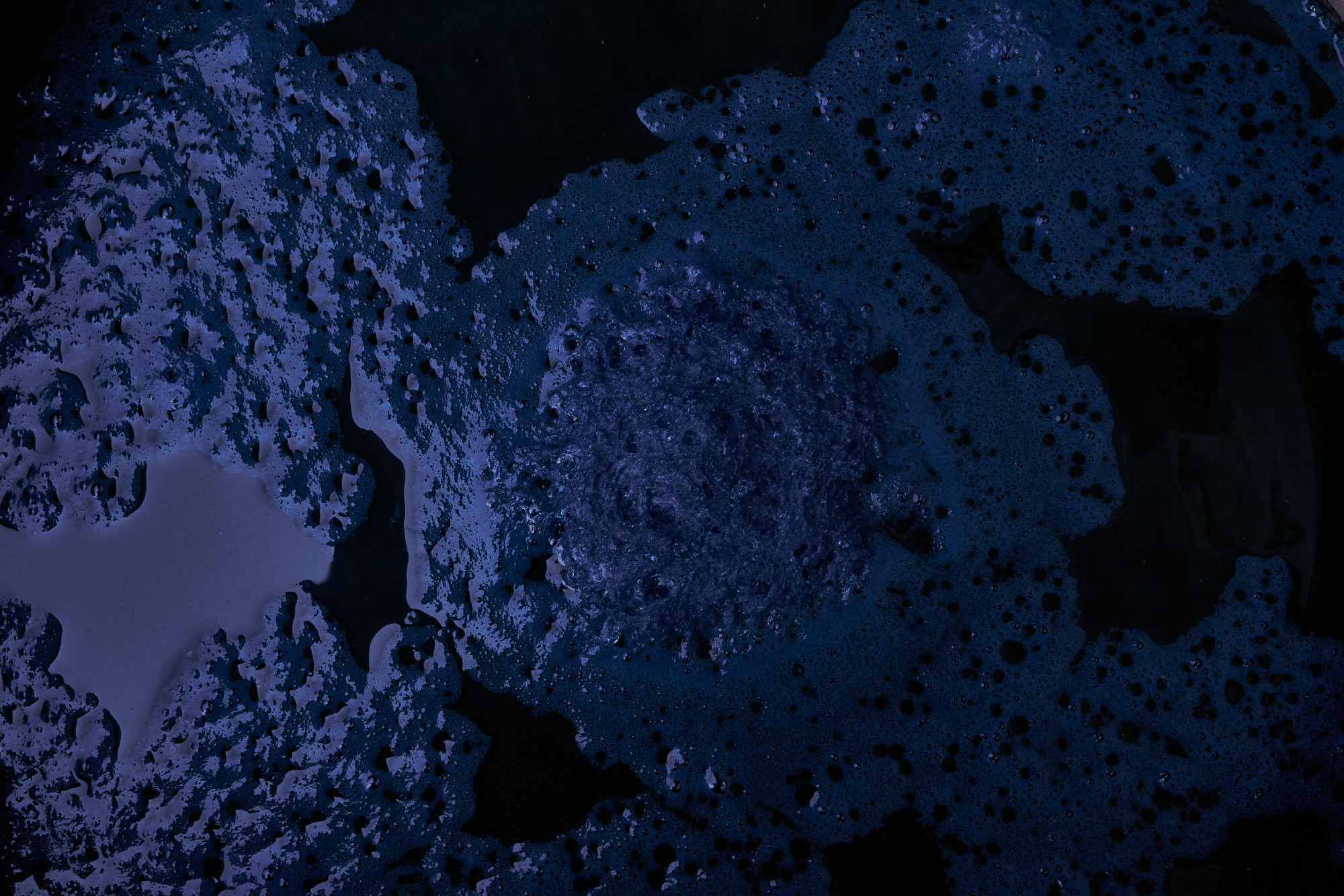


不同于西方地板染色的化学物质与工业化生产方式,感物运用东方染制布料的方式,为地板手工着色,每一块地板,皆是由匠人手工染制而成。相较于明艳的色彩,感物蓝染地板偏冷色调的深蓝色在情绪张力上更隐忍、克制,更能代表着传统东方一贯内敛、含蓄的生活习性。
Different from the chemical substances and industrialized production methods of western floor dyeing, Ugan concept use the oriental dyeing method to color the floor by hand. Each floor is hand-dyed by craftsmen. Compared with the bright colors, the dark blue of the indigo floor is more forbearing and restrained in emotional tension, and can better represent the traditional Oriental's introverted and implicit life habits.
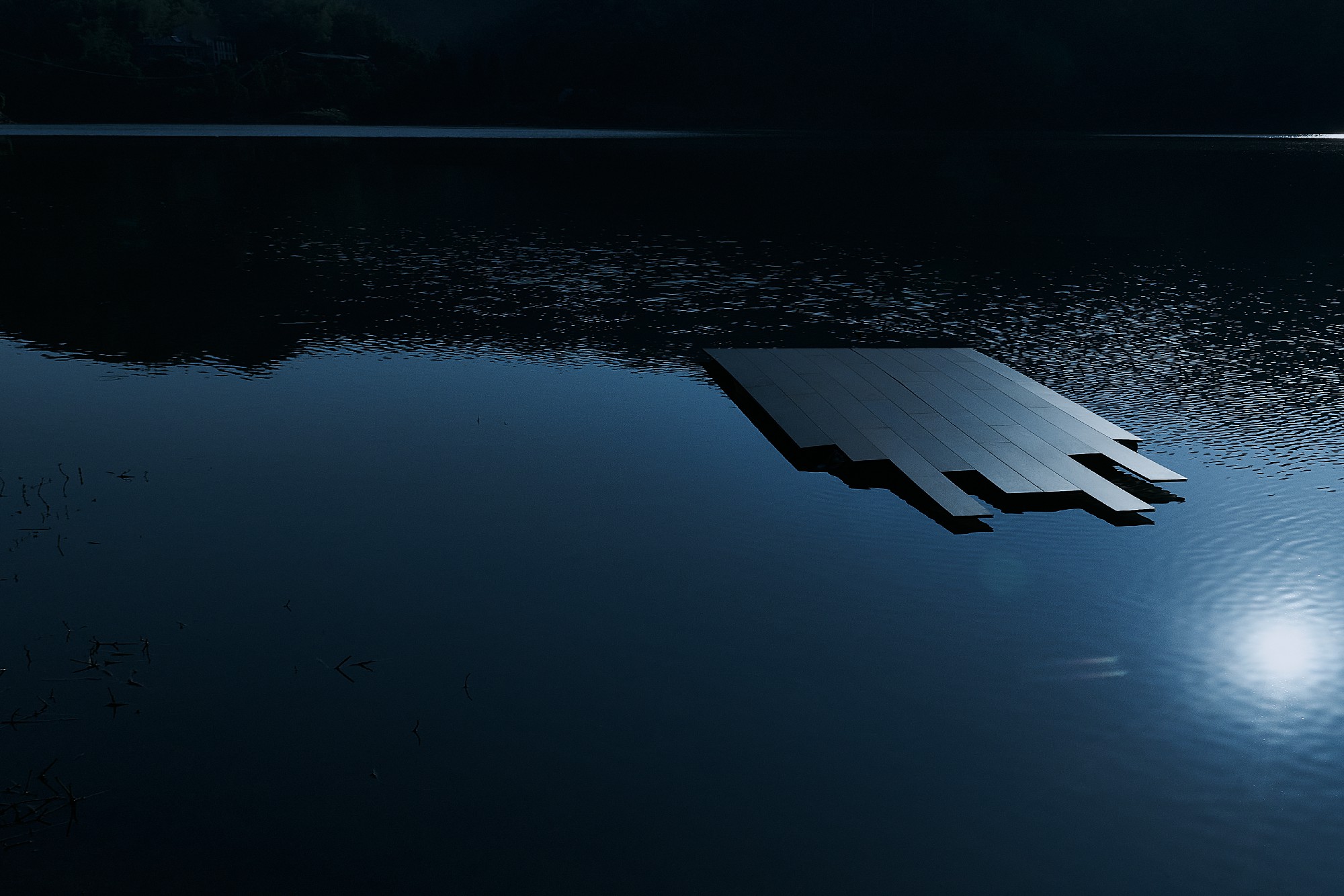
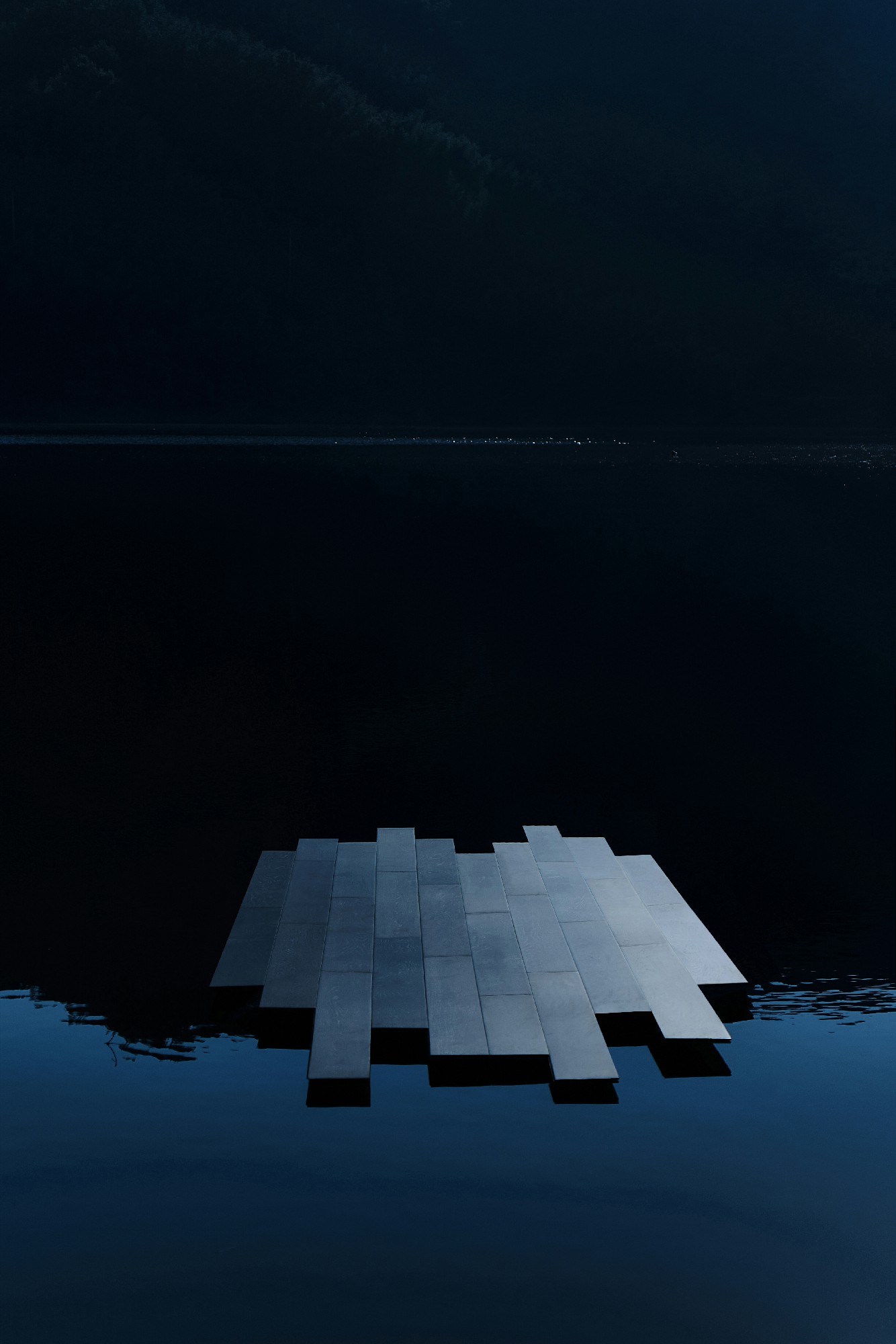
蓝草作为一种药物,染制的布料具有天然的抗菌、清热功效,贴身穿着亦不会刺激肌肤。而这种天然特性也被赋予到地板上,与同取自于自然的木材相结合,使地板更加环保、健康。同时,为使这种天然的色彩可以保留下来,每一块蓝染地板都进行了表面植物油处理,经久使用亦不褪色。
As a kind of medicine, indigo is used to dye fabric,and thus the dyed fabric has natural antibacterial and heat-clearing effects, and it will not irritate the skin when worn next to the body. And this natural characteristic is also given to the floor, combined with the wood from nature, making the floor more environmentally friendly and healthy. At the same time, in order to keep this natural color, every piece of indigo floor has been treated with plant oil on the surface, which will not fade after long-term use.

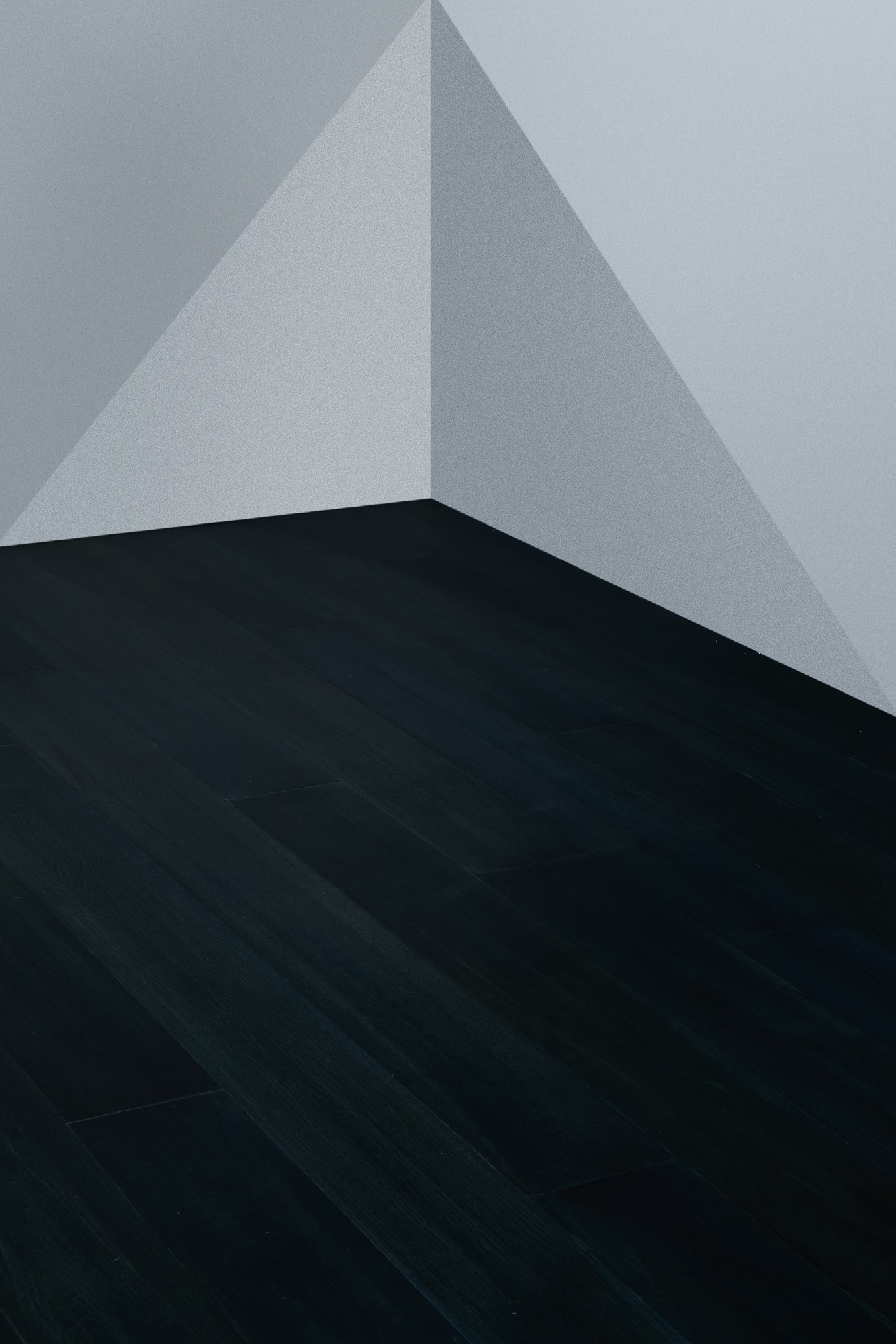
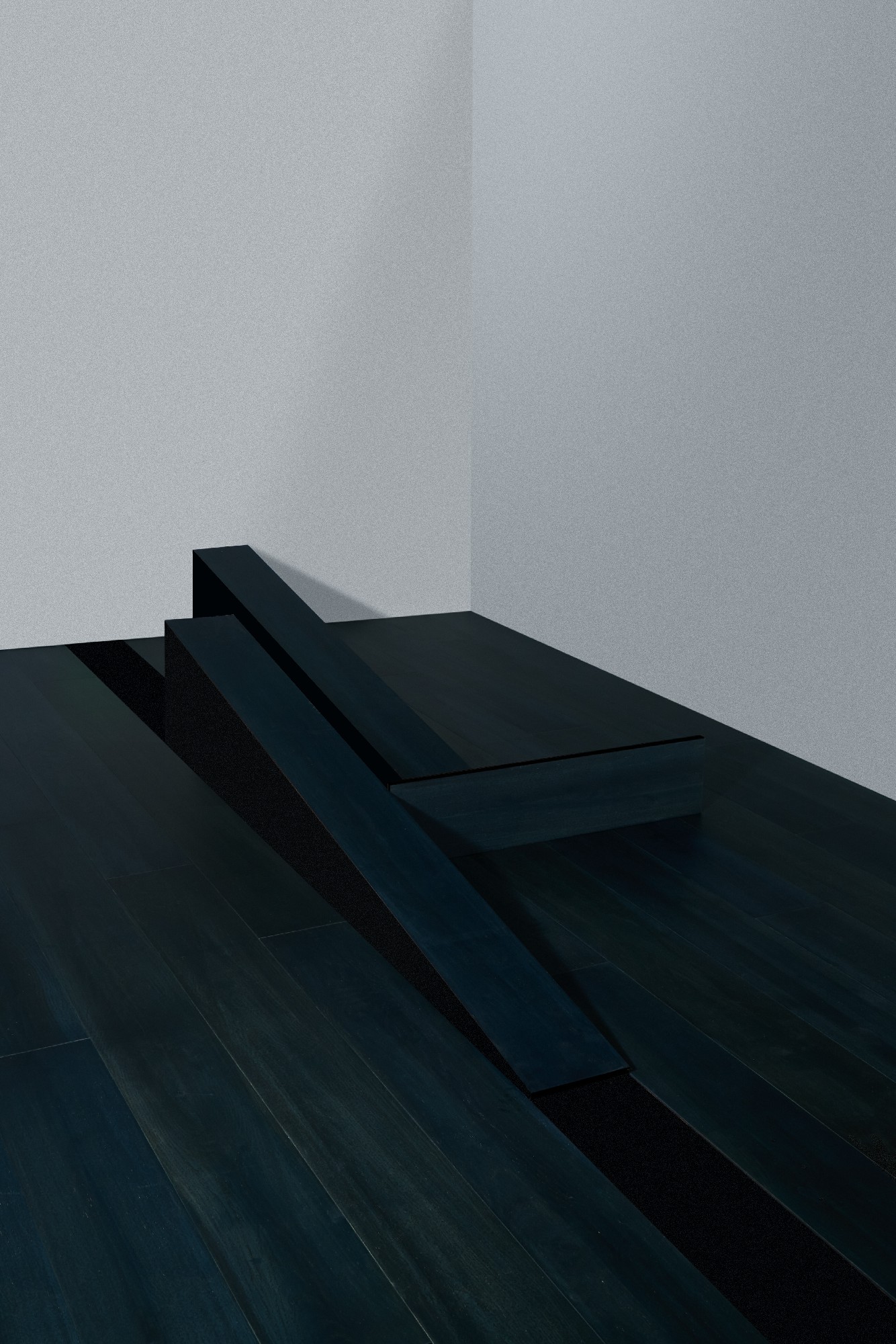
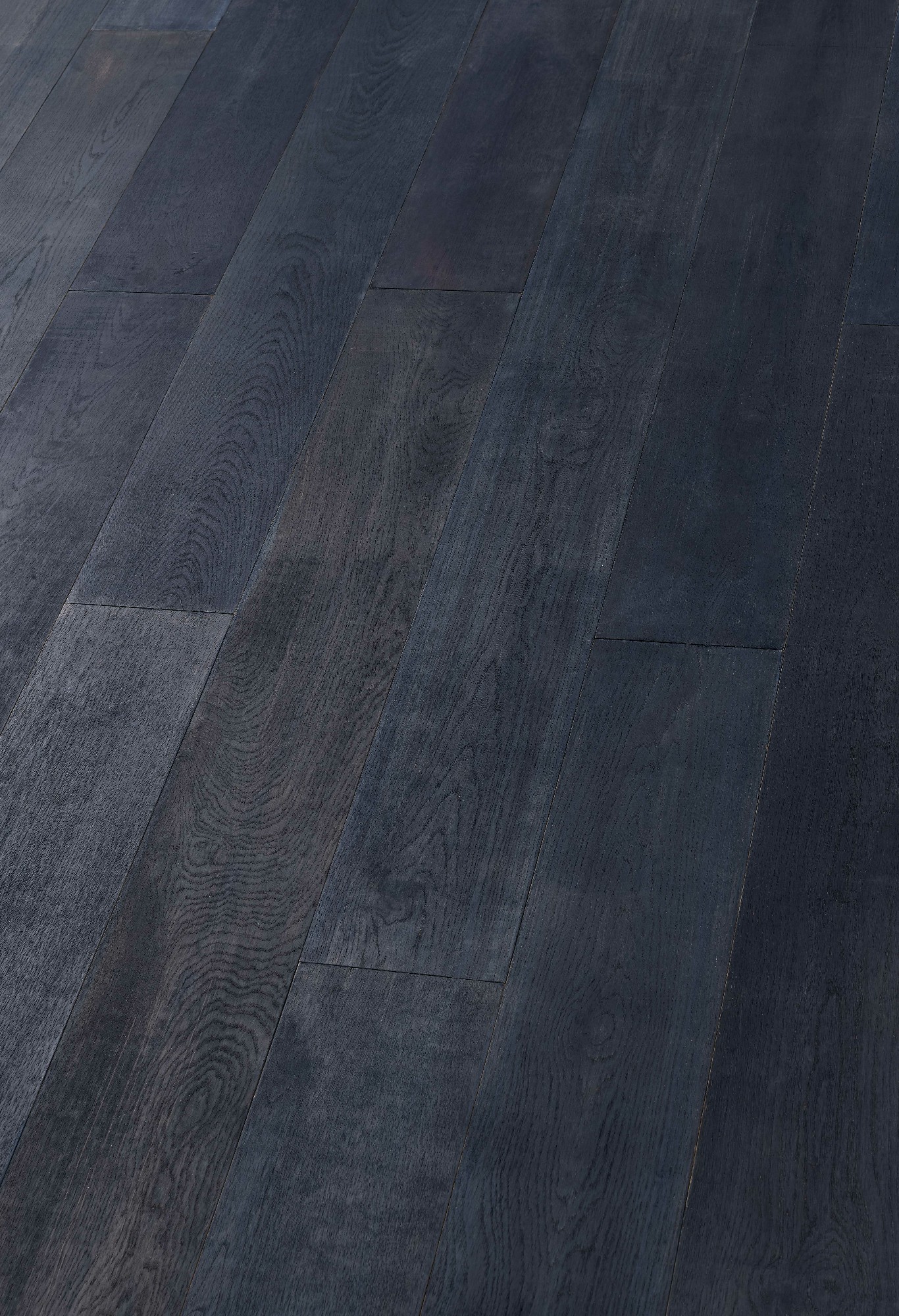
感物蓝染地板
“草木知时节”,蓝染是一种追随时节的工艺,从种植、采集,到制蓝、染色,依据时节与气候,为时间赋予有形痕迹,也使得每一块蓝染地板都变得独一无二、充满想象力。承载于蓝染地板之上的,是感物对自然方式的尊重,以及对传统手工艺基于理解、转化之上的保护,令自然色彩工艺以另一种形态,在室内继续生长。
"Plants and trees know the season", indigo dyeing is a craft that follows the seasons. From planting, collecting, to blue making and dyeing, it gives tangible traces to the time according to the season and climate, and also makes every piece of indigo floor unique and full of imagination. What is carried on the indigo floor is the Ugan concept’s respectation for the natural way, as well as the protection of traditional handicrafts based on understanding and transformation. So that the natural color crafts will continue to grow indoors in another form.
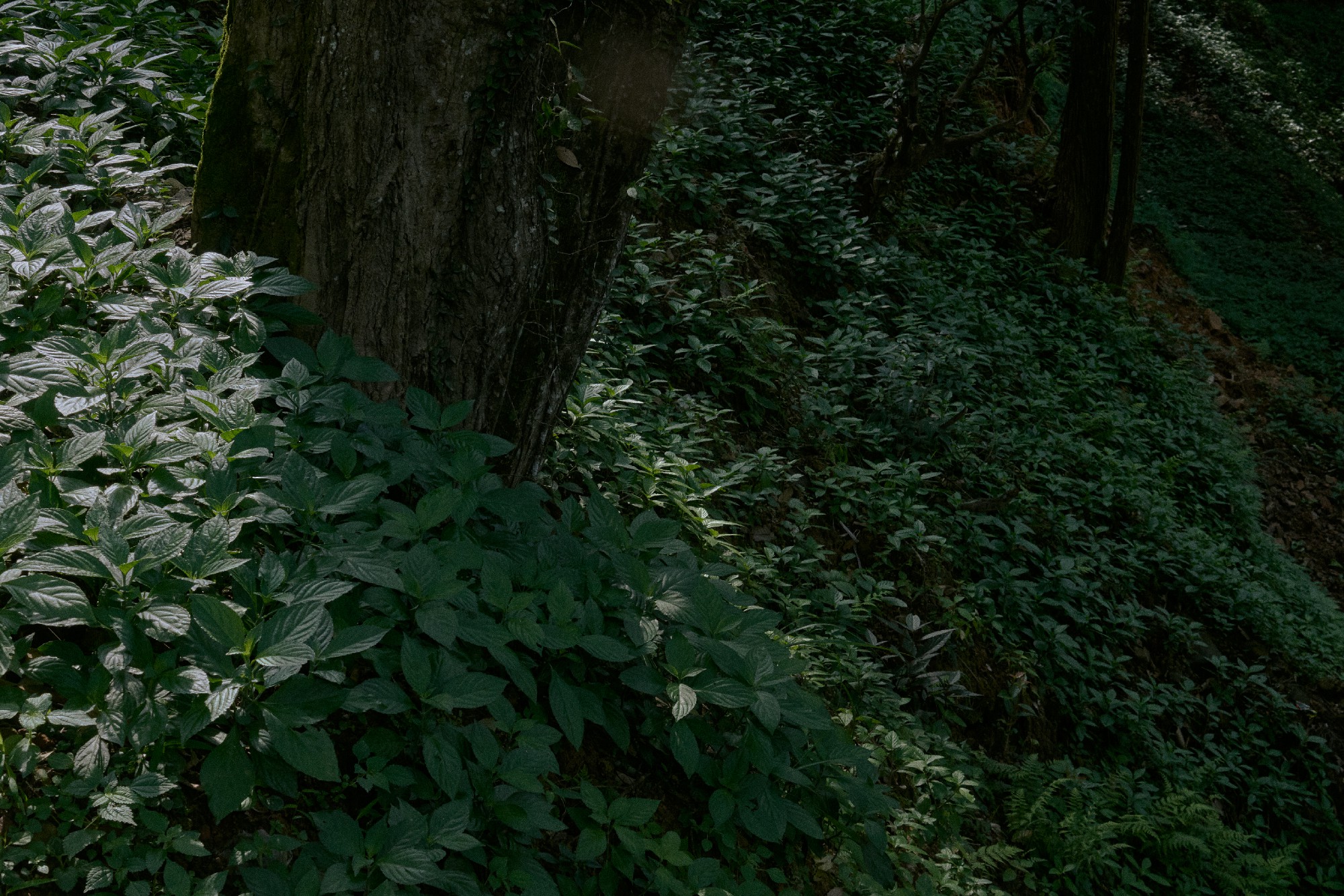
图片&视频|Vincent Kuan
Picture & Video|Vincent Kuan
文字指导 | 吕巍
Writing Guide | Dr. Grey
研究支持 | 融设计图书馆
Research Support | Rong Design Library
下期预告:中国传统手工艺之竹 | 竹木地板
Next Preview: Bamboo of Traditional Chinese Handicrafts | Bamboo Floor

